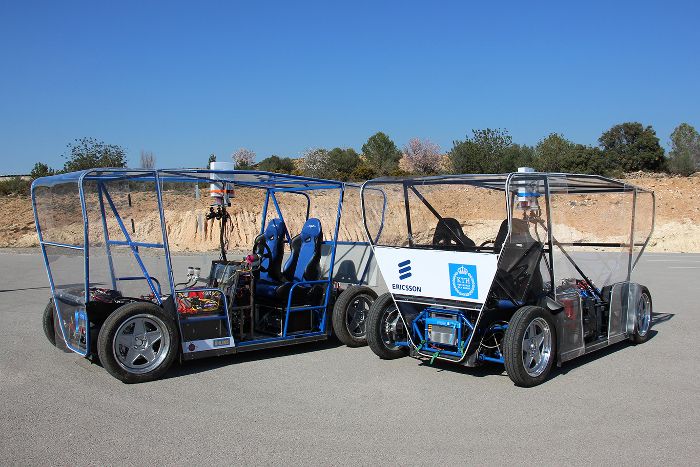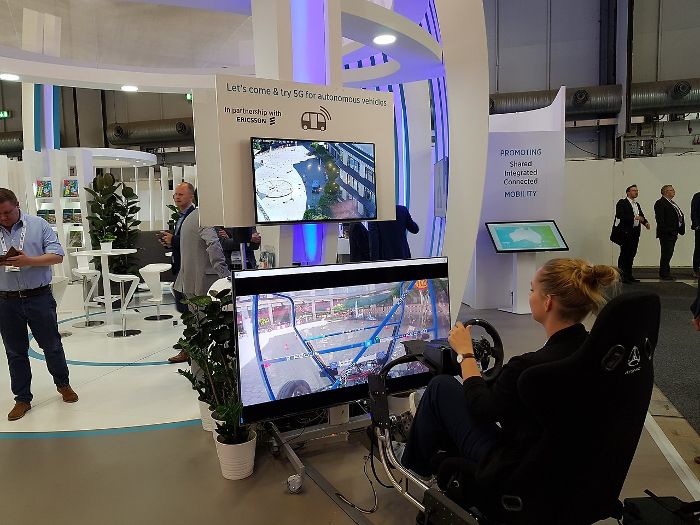At last week’s UITP Global Public Transport Summit in Sweden, French public transport operator Keolis, together with its partner Ericsson, demonstrated how 5G cellular technology can be harnessed to control autonomous vehicles remotely.
Organized by the International Association of Public Transport (UITP) and taking place in Stockholm, the Summit is world’s largest event dedicated to sustainable mobility. As one of the pioneers in the development of automated public transport systems, the demonstration was a further milestone in Keolis’ continued expertise in connected and autonomous vehicle (CAV) operations, with the 5G technology provided by Swedish telecommunications giant Ericsson offering increased efficiency, reliability and safety in CAV operations. In the context of a growing automated vehicle market, Keolis is collaborating with Ericsson to use 5G mobile network technology to remotely control and supervise CAV fleets.
The demonstration was part of the ‘Drive Sweden’ strategic innovation program whose members, including Keolis and Ericsson, are collaborating in trialing new 5G communications technology with automated vehicles. During the UITP showcase, visitors could remotely test drive a prototype vehicle made by the KTH Royal Institute of Technology, which was located at Ericsson’s headquarters in Kista, 9 miles (15km) away from the Stockholmsmässan Exhibition Center, where the Summit was being held. Due to the speed offered by the 5G network, the reaction time between the driver’s command and the vehicle’s response is down to milliseconds, which means that an important step can be taken in the further development of CAVs when compared to what existing 4G networks have previously allowed.

The 5G technology enables high-speed data transmission with very low latency and high reliability, so the vehicle can be controlled at distance and in real-time. 5G also improves NTRIP (Networked Transport of RTCM via Internet Protocol) connection, enabling greater precision in the localization of the vehicle. To guarantee safety, the vehicle features geo-fencing to prevent collision as well as a dedicated IT system for these demonstrations, ensuring very high cybersecurity standards. A safety driver also remained on board the test vehicle throughout the demonstration. Based on the results of this initial phase of testing, Keolis plans to deploy 5G capabilities widely aboard the fleet of autonomous electric shuttles that it operates around the world to enhance its future mobility offerings.
Used to complement traditional transport modes, particularly in first-mile/last-mile situations, Keolis sees CAVs as offering a mobility solution that is accessible, environmentally friendly, flexible and cost-efficient. A pioneer in shared autonomous mobility, the company first started trialing autonomous vehicles with its partner Navya in Lyon, France, in September 2016. Since then, Keolis has been operating autonomous shuttles in other cities in France including Paris, Rennes and Lille, as well as in the UK, Australia, Canada, USA and Belgium. Since it started its trials, Keolis has carried 160,000 passengers over 43,500 miles (70,000km) in its autonomous vehicle fleet.





